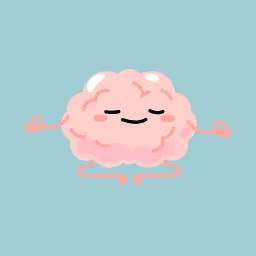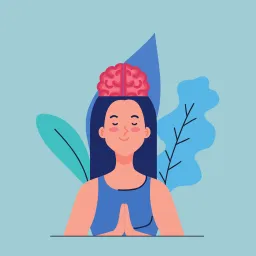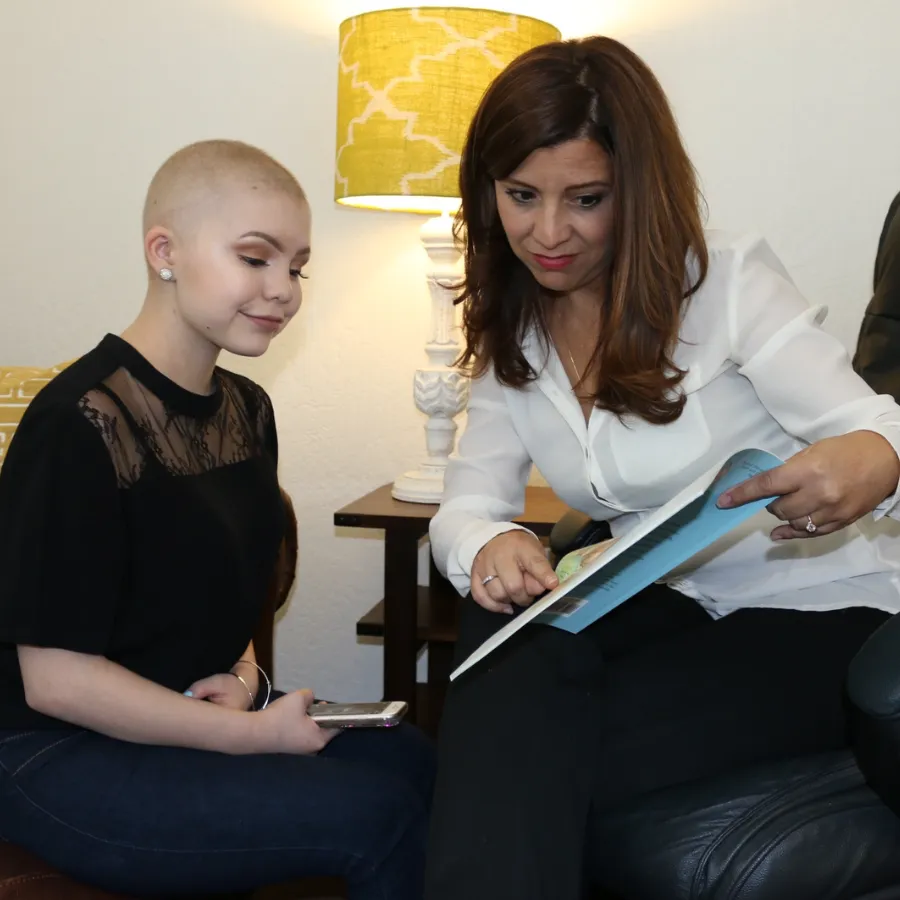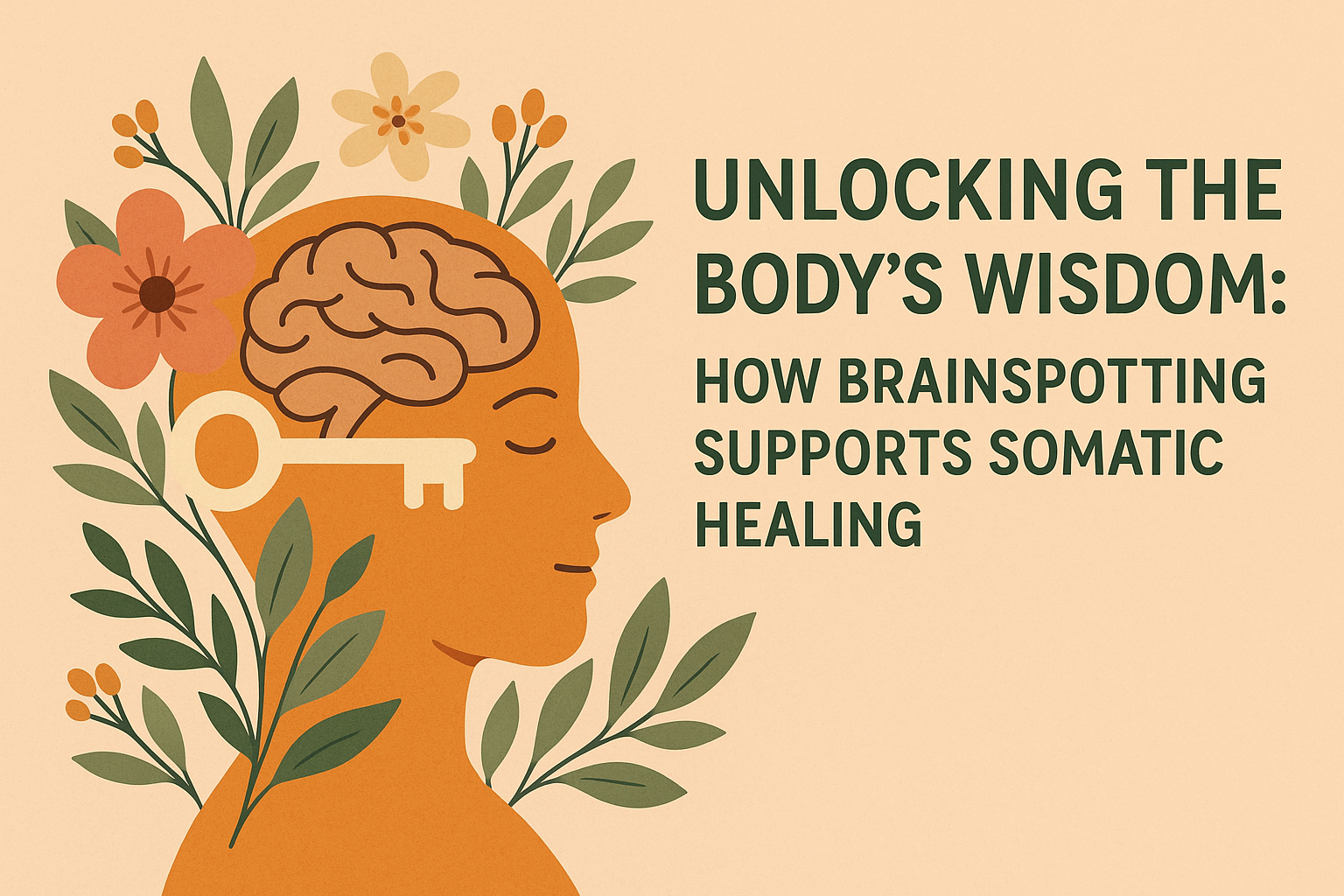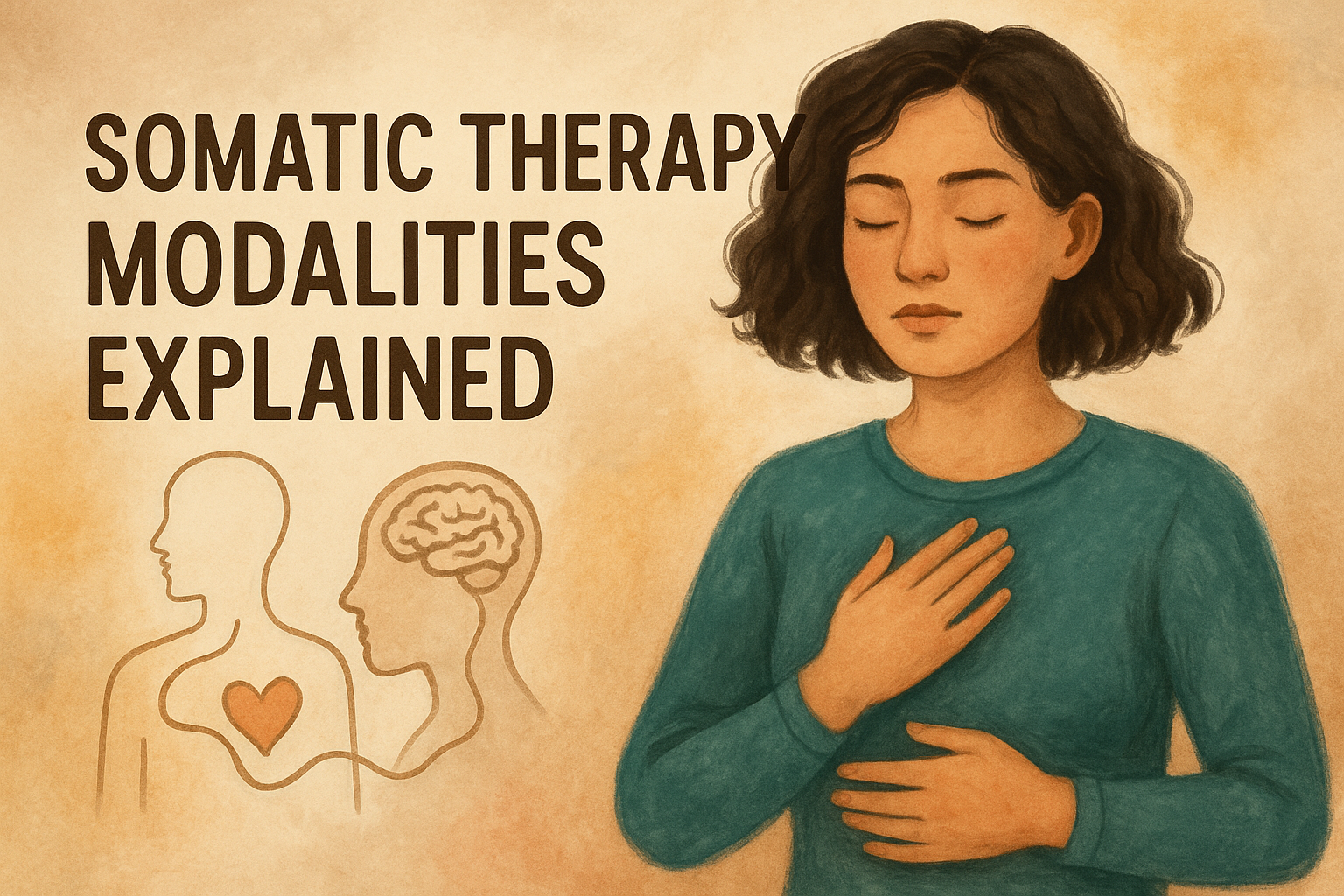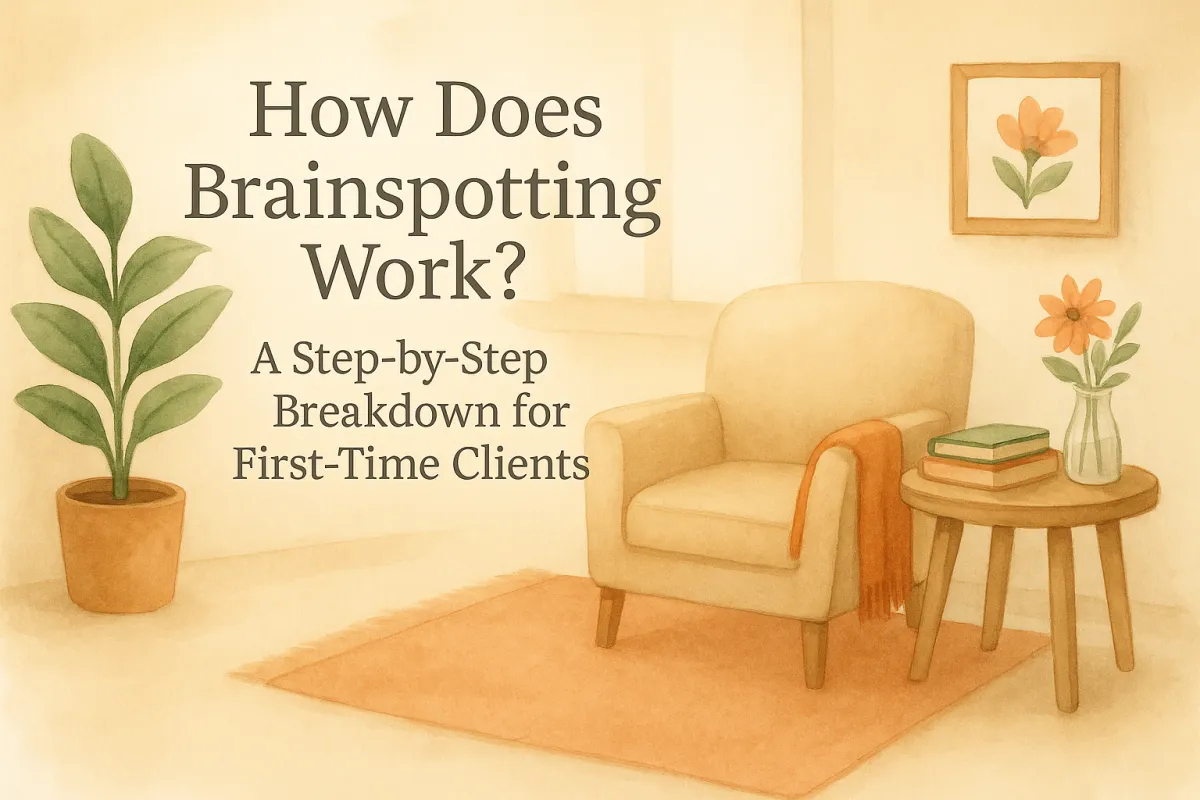Welcome to the Through It All Blog Page!
Have you ever had the sense that something inside you hasn’t fully let go—even if you can’t quite explain why? Maybe talk therapy helped you make sense of your story, but you still feel stuck, tense, or emotionally disconnected in ways that words can’t quite reach. That’s not a failure on your part; it’s your body asking to be part of the healing process.
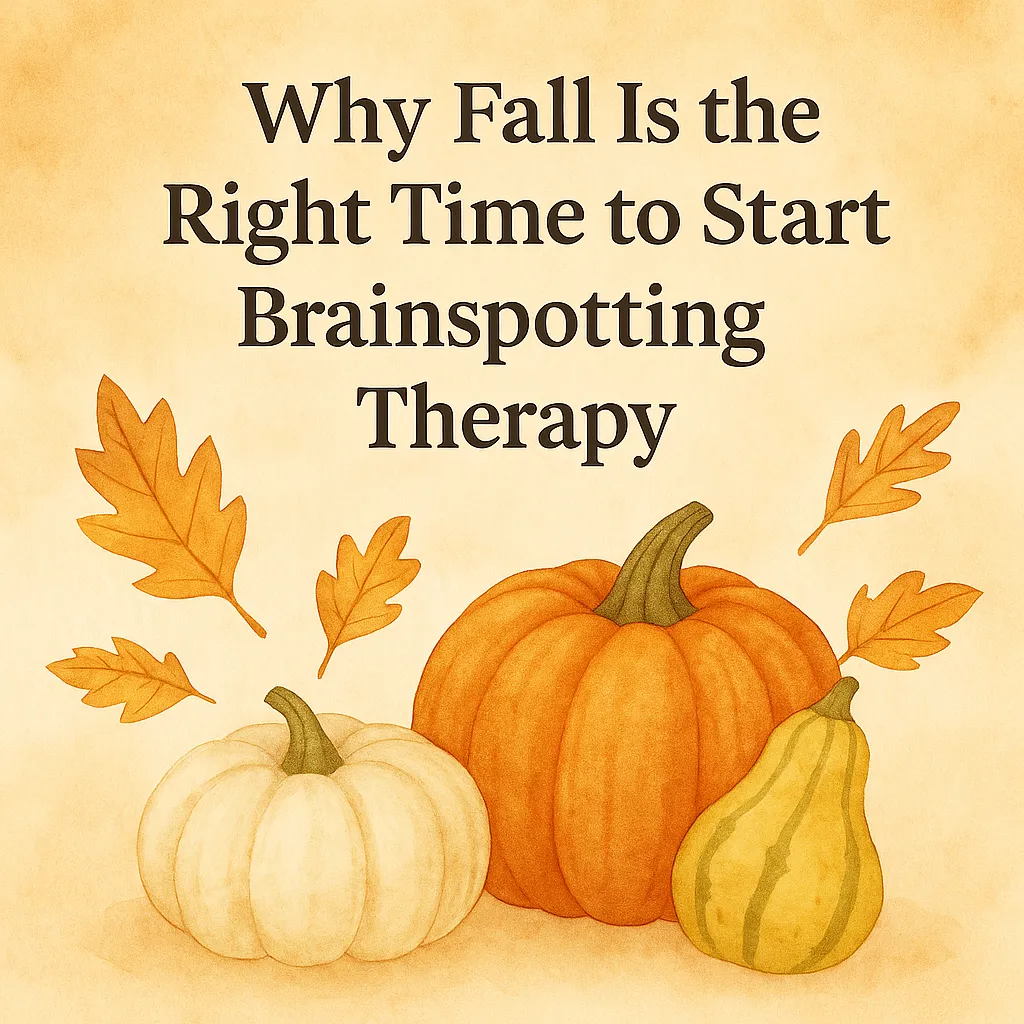
As the intense summer heat finally softens and the Phoenix days grow shorter, many of us feel a natural pull to slow down and turn inward. There is a collective sigh of relief in the air. This quiet period of transition provides a unique and supportive opportunity to begin a new chapter of healing with brainspotting therapy in Phoenix. If you have been carrying a heavy weight, this season can be a powerful time to gently set it down, address what you’ve been carrying, and find a lasting sense of grounding.
You may feel a quiet longing for a "reset" before the year ends. Perhaps you are hoping to feel more centered and prepared for the upcoming holiday season, rather than just bracing yourself to get through it. This post will explore why autumn is such a supportive and motivational time to start your brainspotting journey. It can help you feel calmer, more connected to yourself, and ready to embrace what lies ahead with a sense of peace.
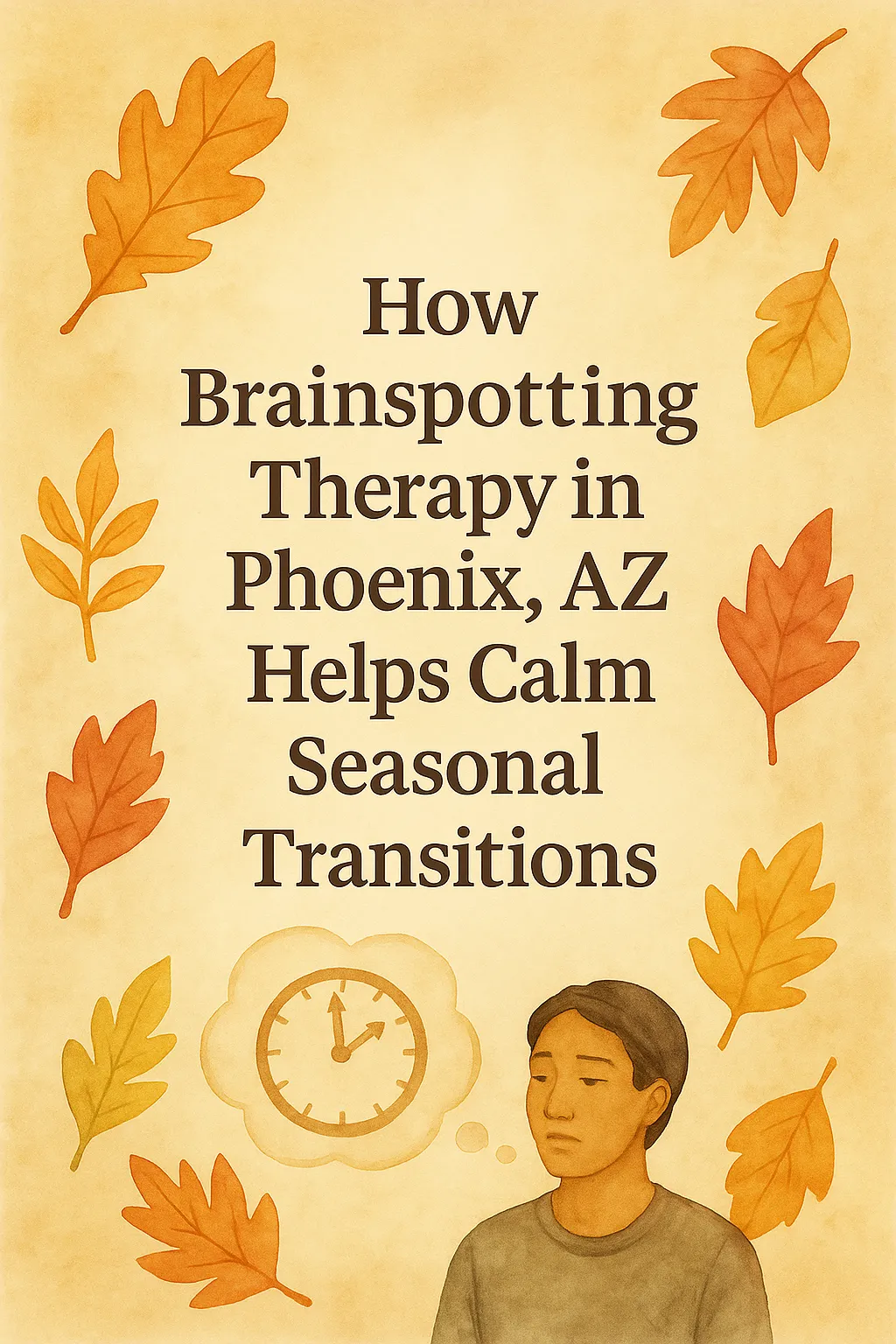
The first cool breeze in Phoenix can feel like a collective sigh of relief. But for some, it’s not so simple. Instead of comfort, it brings a sense of unease: a deep, physical reaction to the seasonal shift. It’s more than just "holiday blues." It’s the impact of changing light, routines, and energy. Maybe you feel it too: that familiar heaviness, a knot in your stomach, or a sense of being unmoored as summer fades. If this hits home, know that what you’re feeling is real. Transitions take a toll. When these shifts feel overwhelming, Brainspotting therapy in Phoenix can help you navigate the change.
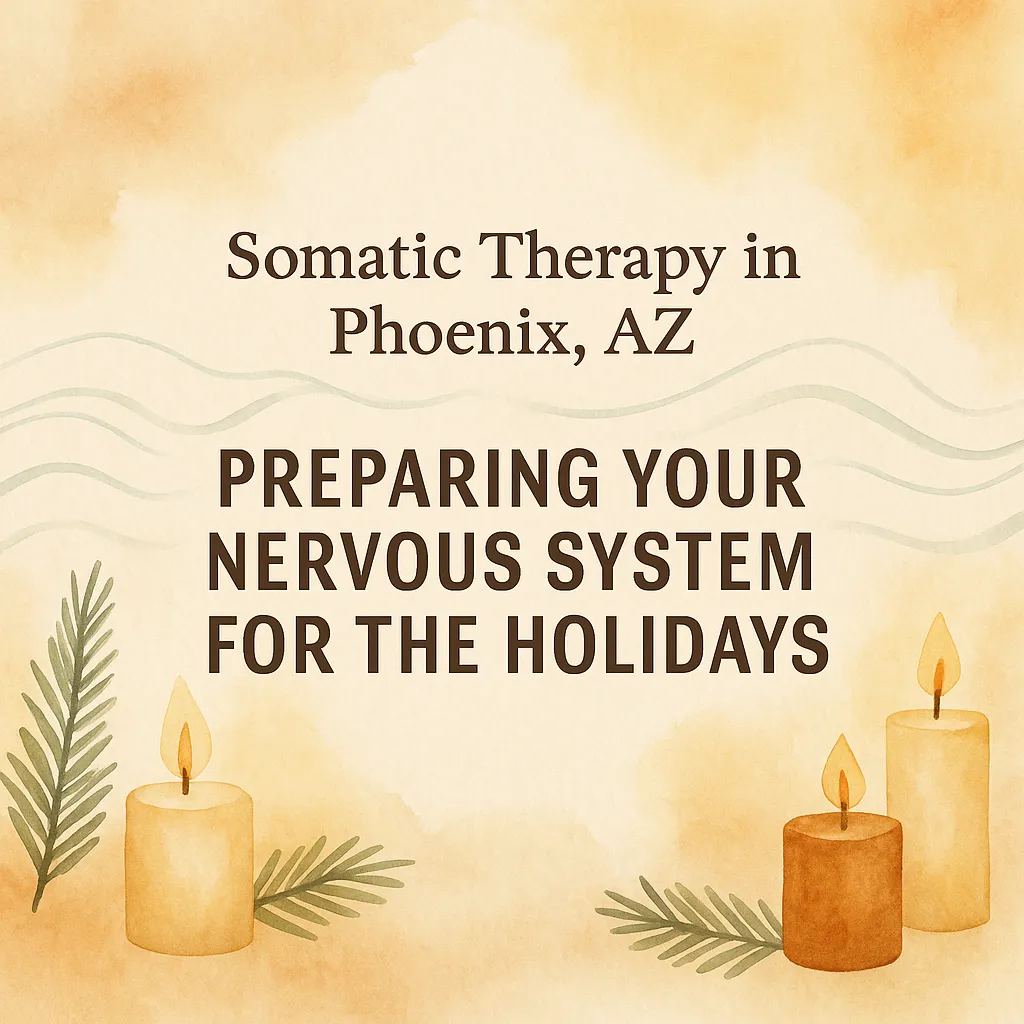
The holidays are almost here, and with them comes a whirlwind of emotions. There’s the joy and the bright lights, but there can also be a deep, quiet stress that follows you through the season. It’s a time that can bring up old wounds and ask so much of you, both emotionally and physically. What if this year could be different? Imagine entering the holiday season feeling grounded, present, and at peace. Somatic therapy in Phoenix can offer you gentle, proactive tools to help prepare your nervous system for everything the season holds. These tools can help you find a sense of ease, even amidst the holiday chaos.

Thanksgiving is meant to be a time for connection and gratitude, but for so many of us, it can also stir up a quiet sense of dread. The thought of navigating family gatherings can bring feelings of stress, anxiety, and unresolved hurts to the surface. If you're already feeling the weight of the upcoming holiday season, please know you are not alone.If you find yourself dreading the emotional challenges that often accompany family get-togethers, please know that brainspotting therapy in Phoenix offers a gentle and powerful way to prepare. It can help you compassionately address the very root of these triggers. This post will guide you through actionable steps you can take to manage family-related stress and unresolved trauma before the holidays, so you can approach Thanksgiving with a sense of calm and confidence.

If you’ve been searching for Brainspotting near me in Phoenix, AZ, you might be exploring options that feel less overwhelming and more supportive. You might not be interested in revisiting every anxious thought. Instead, you may be hoping to feel more steady and at ease in your body. Brainspotting offers that

You’ve done the work, maybe even more than once. Maybe you’ve named your patterns, unpacked childhood dynamics, and worked hard to “understand” your story. And yet, something still feels stuck, like the shift you’re craving hasn’t fully landed in your body. That’s where Brainspotting therapy in Phoenix can offer a different kind of support. It listens to the places words haven’t been able to reach and helps the body process what the mind can’t always explain.

There comes a point when insight isn’t enough. You’ve journaled, named your patterns, and said all the right things in therapy. Maybe you’ve gained a lot of understanding—but something still doesn’t feel like it’s moved. That’s when many people begin to wonder if there’s a different way to heal. For those feeling stuck or disconnected even after doing "the work," Brainspotting may offer a new path forward. In this blog, we’ll explore how Brainspotting therapy in Phoenix compares to traditional talk therapy, looking closely at what each can offer when you’re navigating depression, anxiety, or trauma. We’ll also highlight how Brainspotting might support deeper change, especially when words start to fall short. It may be the shift your nervous system has been waiting for.

You might be used to powering through your low days. Maybe you’ve even gotten good at pretending everything’s fine on the outside while your body feels like it’s moving through molasses. Suppose traditional talk therapy hasn’t felt like enough. Or if you know the story of your depression but still feel stuck, Brainspotting offers another path. As a somatic therapist offering Brainspotting therapy in Phoenix, I’ve seen how this approach can shift the heaviness people have carried for years.
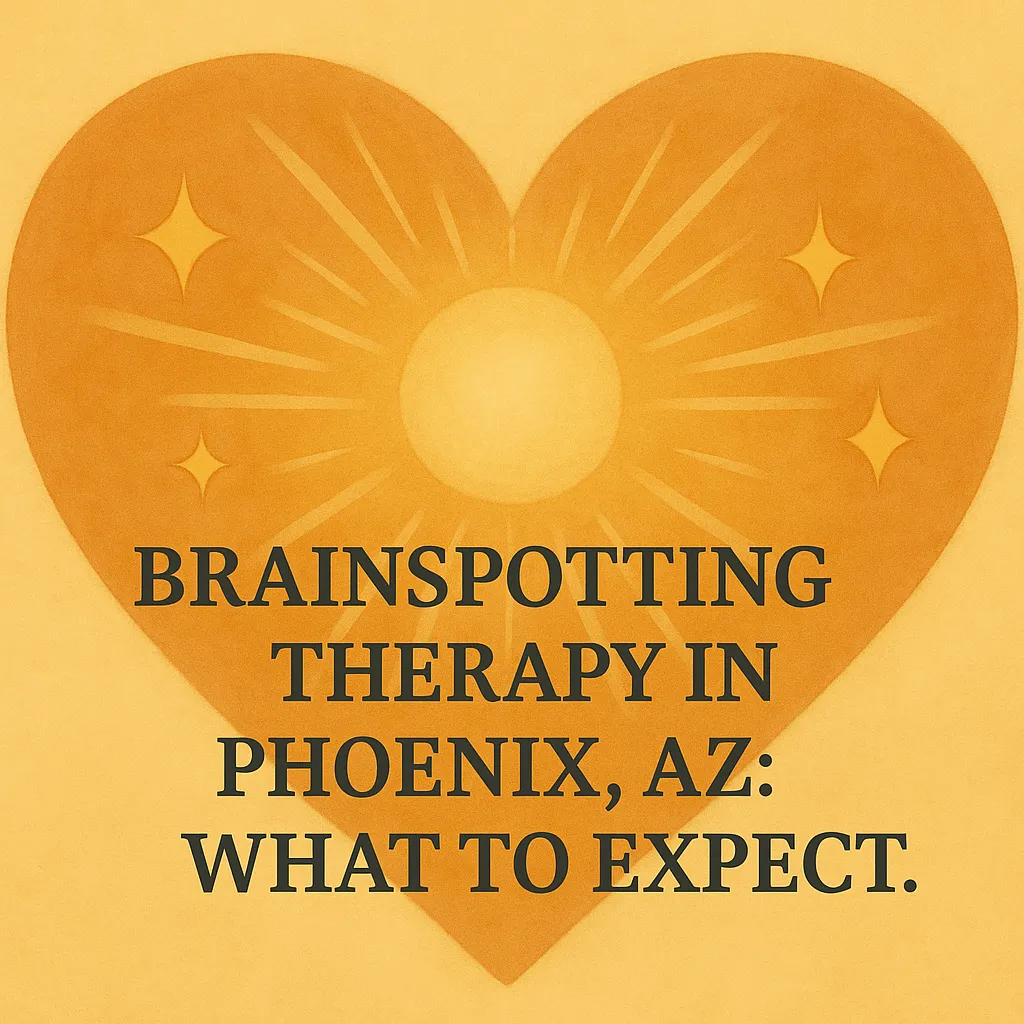
Taking that first step into a new therapy can feel like a big leap, especially when you're unsure of what to expect. You might be drawn to Brainspotting Therapy because talk therapy hasn’t quite reached the parts of your story that still feel tender or unresolved. Maybe you’ve heard that Brainspotting Therapy is a gentler, body-based method, but you’re still wondering what a session actually looks like. This blog will walk you through the experience, so you can feel a bit more grounded before stepping into the room.
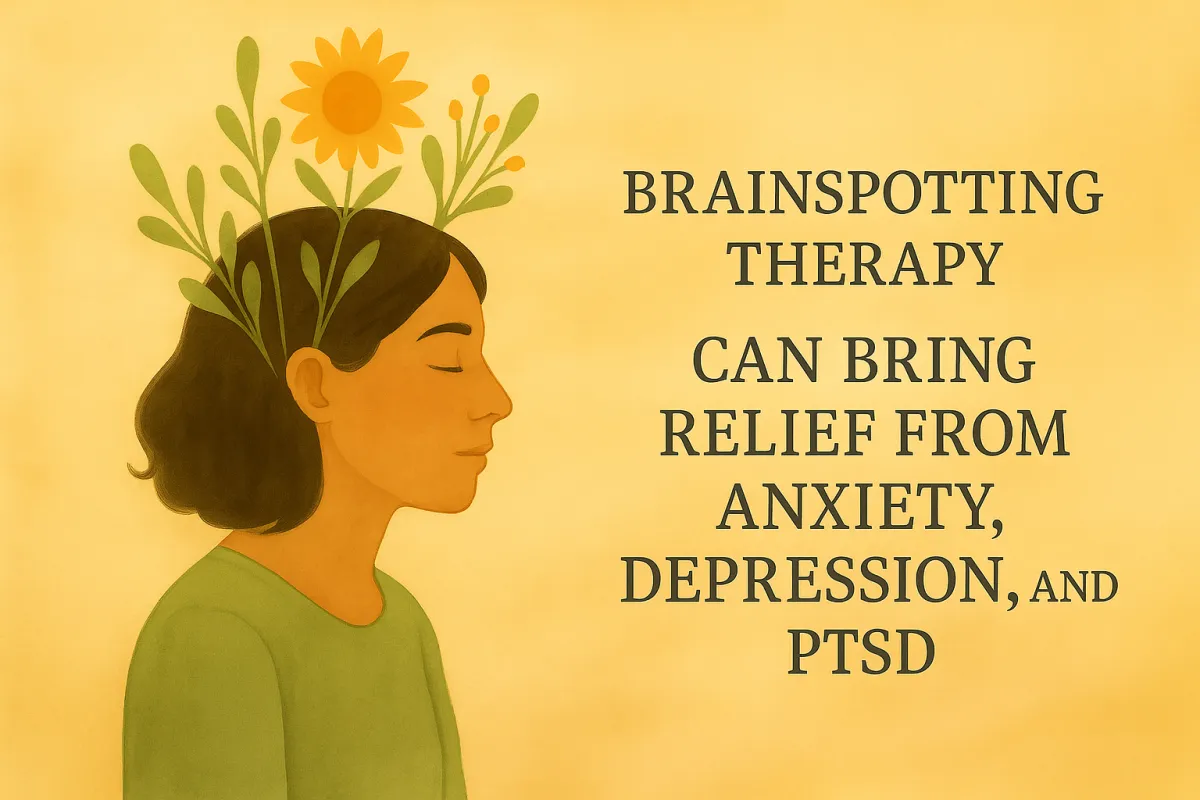
You might feel like you’re doing everything right: going to therapy, taking care of responsibilities, pushing through the day. But inside, there’s still a heaviness. Maybe anxiety buzzes just beneath the surface, making your body feel constantly on edge. Or perhaps sadness drapes over you like a fog you can’t shake, dulling your connection to daily life. You might freeze up or shut down in moments you can’t explain, despite doing all the right things. Brainspotting Therapy offers a way to gently support your nervous system in processing what talk therapy alone may not reach.
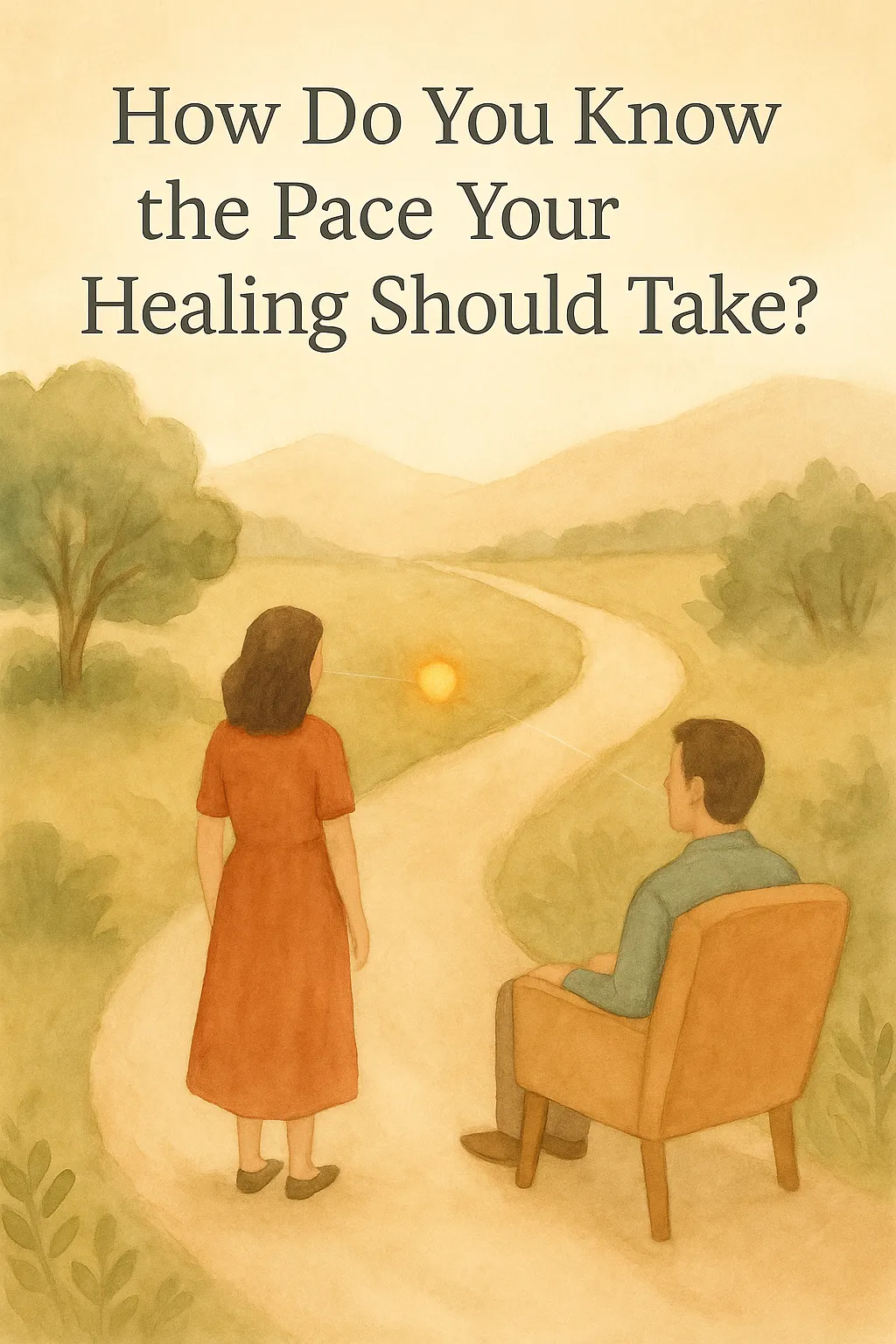
You’ve made the decision to try something new. Maybe you’ve been in talk therapy before and gained insight, but you still feel like something’s lingering—something your mind can’t quite untangle. It’s natural to wonder: how long will it take for Brainspotting to work and help you feel better? That’s a question I hear often, and while there’s no one-size-fits-all answer, there are patterns, guideposts, and reassuring truths that can help you understand what to expect.
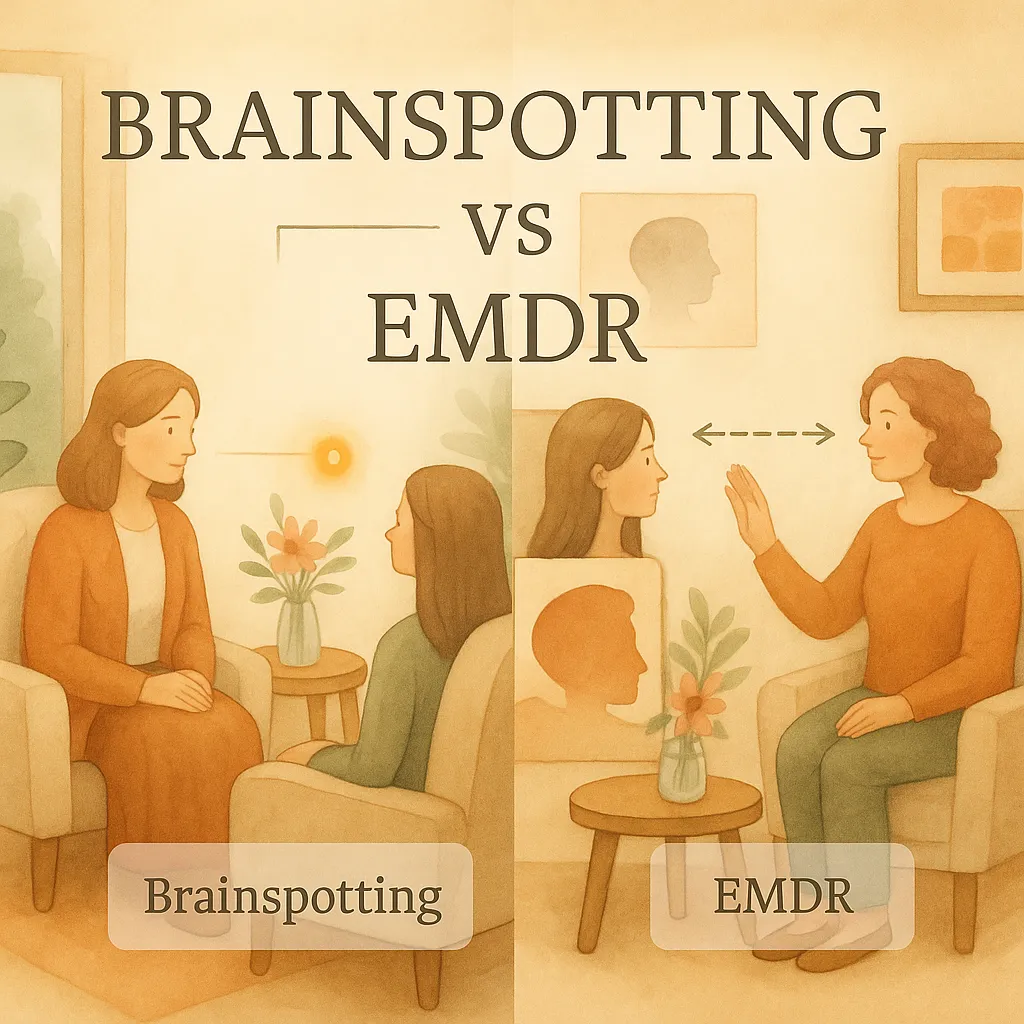
You’ve probably heard of EMDR. You may have also come across Brainspotting. Both are powerful, body-based therapies for healing trauma, anxiety, and the lingering effects of overwhelming experiences. But if you’re standing at the crossroads, wondering which path is right for you, it can feel a little overwhelming. You want something that works. That honors what you’ve been through. Something that actually helps you feel different, and calmer in your body, clearer in your mind, and more at ease in your life.
If you’ve ever felt like talk therapy only scratches the surface, you’re not alone. Maybe you’ve tried putting your pain into words, but something still feels stuck. It's almost like your body is holding on to more than your mind can explain. That’s where somatic therapy comes in. It’s not about digging harder or talking more. It’s about listening differently—to your body, your nervous system, and the deeper parts of you that are still healing.
Have you ever had the sense that something inside you hasn’t fully let go—even if you can’t quite explain why? Maybe talk therapy helped you make sense of your story, but you still feel stuck, tense, or emotionally disconnected in ways that words can’t quite reach. That’s not a failure on your part; it’s your body asking to be part of the healing process.


